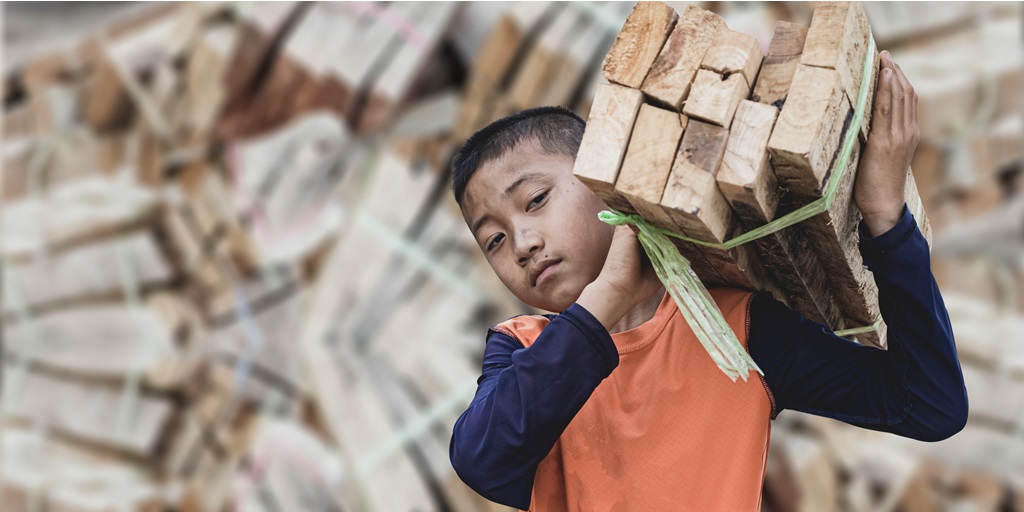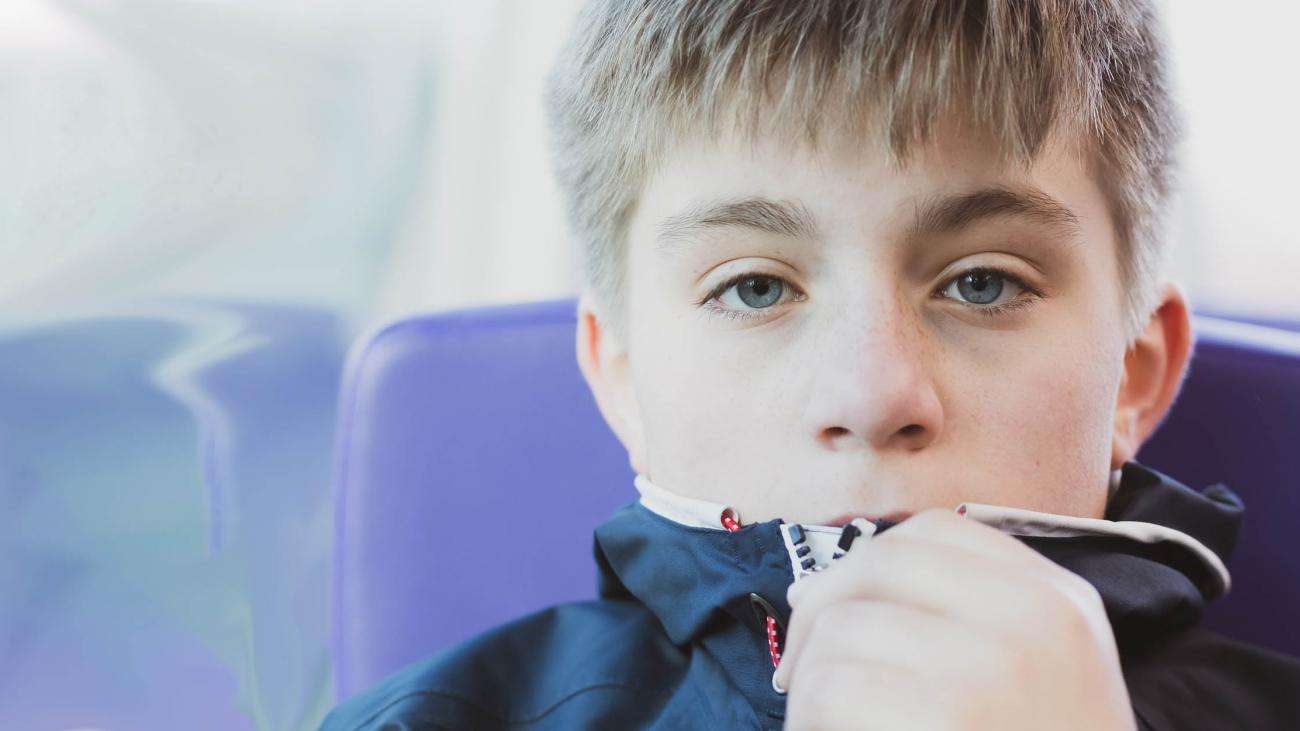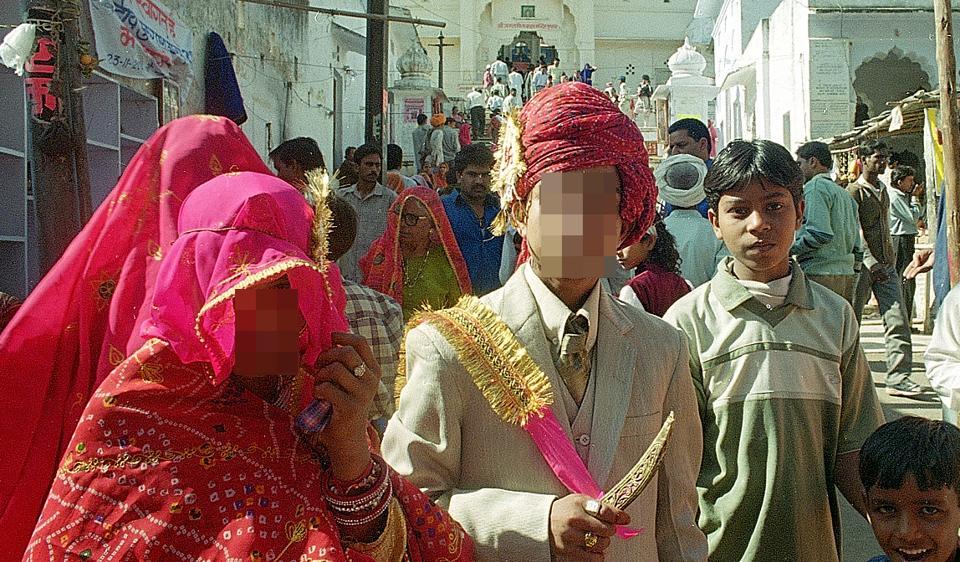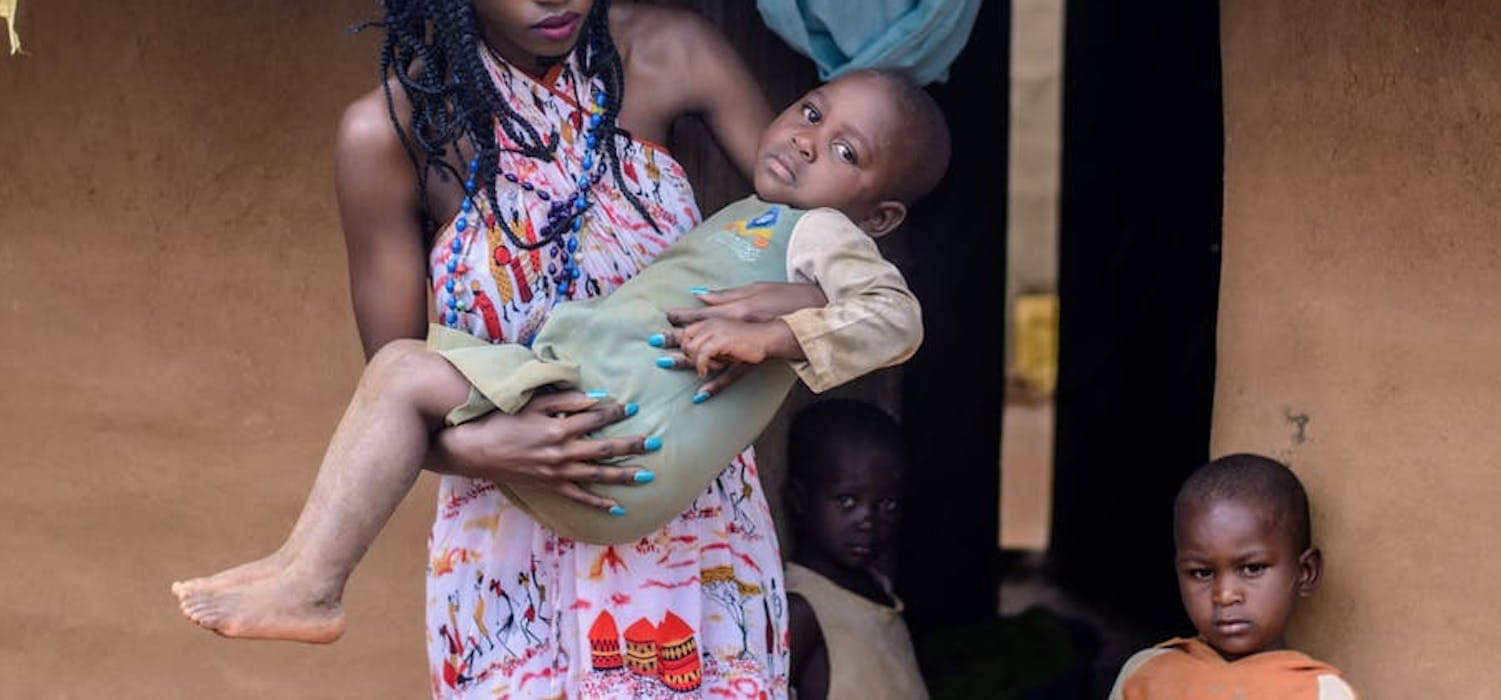


Protecting children, dismantling trafficking networks, and bringing hope to those who need it most.
Human trafficking is one of the darkest crimes of our time, and children are among its most vulnerable victims. The One Kid Foundation is committed to protecting children from exploitation, helping survivors rebuild their lives, and dismantling trafficking networks.
By focusing on one child at a time, we create a ripple effect of hope and transformation. Saving even one child has the power to change the world.
Human trafficking is often misunderstood. It is not limited to cases of abduction or physical restraint but extends to:
Each form of child trafficking represents a unique threat to the safety, dignity, and future of young people around the world.

Children are coerced into commercial sex acts including prostitution, pornography, and other sexual abuse. These crimes may occur in brothels, private homes, or through online platforms. In the U.S., any minor involved in commercial sex is legally considered a trafficking victim, regardless of consent.

Children are exploited in agriculture, domestic service, construction, and more. They face long hours, hazardous conditions, and receive little or no pay. This form of trafficking strips them of their rights, freedom, and dignity.

Children are trafficked to commit crimes such as theft, drug trafficking, and begging. Organized crime groups exploit children to avoid detection and prosecution, placing minors at high legal and physical risk.

Children, especially girls, are married off without their consent. These unions can involve sexual exploitation, domestic servitude, and isolation. Victims often lose access to education and personal development opportunities.

Children are trafficked through fraudulent adoption processes. Often sold to families domestically or internationally, these children may face further abuse and exploitation with little oversight or recourse.
Looking at misconceptions that help traffickers elude and evade.
Traffickers target victims they don’t know.
Many survivors have been trafficked by romantic partners, including spouses, and by family members, including parents.
Human trafficking is always or usually a violent crime.
In reality, most traffickers use psychological means such as, tricking, defrauding, manipulating or threatening victims into providing commercial sex or exploitative labor.
Human trafficking only happens in illegal or underground industries.
Human trafficking cases have been reported and prosecuted in industries including restaurants, cleaning services, construction, factories and more.
Only undocumented foreign nationals get trafficked in the United States.
Thousands of cases of trafficking involved foreign national survivors who are legally living and/or working in the United States. These include survivors of both sex and labor trafficking.
If the trafficked person consented to be in their initial situation, then it cannot be human trafficking or against their will because they “knew better.”
Initial consent to commercial sex or a labor setting prior to acts of force, fraud, or coercion (or if the victim is a minor in a sex trafficking situation) is not relevant to the crime, nor is payment.
People being trafficked are physically unable to leave their situations/locked in/held against their will.
That is sometimes the case. More often, however, people in trafficking situations stay for reasons that are more complicated.
Traffickers use manipulation and deceit to exploit vulnerabilities. Some common recruitment tactics include:
By understanding these tactics, we can better identify and prevent trafficking.
Trafficking is not limited to a specific gender, race, or economic status. False assumptions often lead to profiling and overlooked victims. By confronting these biases, we ensure no one is left behind in the fight against trafficking.